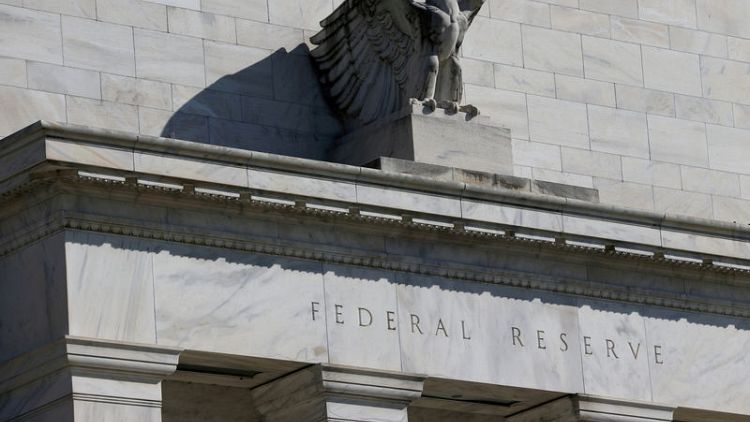By Jonnelle Marte
New York (Reuters) - Recent money market volatility shows the Federal Reserve needs to retool how it manages an essential part of the financial system to minimize disruptive market swings that pose risks to the economy, two former Fed officials said on Thursday.
"Volatility in this market threatens the functioning of markets more broadly and could ultimately hurt the economy," Brian Sack and Joseph Gagnon wrote in a blog published on Thursday. "A better approach is needed."
Sack previously ran the markets group for the New York Fed and is now director of global economics for the hedge fund D.E. Shaw. Gagnon, a former Fed official, is now a senior fellow at the Peterson Institute for International Economics.
They said they were not opposed to the Fed's "floor system," which it uses to set rates by paying interest on bank reserves. Still, they said the Fed should make changes to create a system that is more "resilient and effective."
Instead of prioritising the federal funds rate, or what banks charge each other to borrow reserves overnight, when setting policy, they recommended that the central bank be explicit about its efforts to control the interest rate in the much larger repo market, which banks use to borrow from money market funds and other cash investors using securities as collateral.
They suggested that the Fed consider targeting the repo rate when setting policy instead of targeting the fed funds rate.
"The federal funds market is much smaller and less important than the repo market, so this directive is dangerously inadequate," they wrote.
Another step the Fed could take is to create a standing repo facility that banks could borrow from as needed, they said. Such a system could serve as a "guardrail" against "unexpected developments" that could push up money market rates, they wrote.
The authors also called on the Fed to hold more reserves overall. They stopped short of saying that current reserves are too low, instead arguing that it is smarter to hold more reserves overall because the level of reserves needed in the system are likely to change over time.
(Reporting by Jonnelle Marte and Richard Leong; Editing by Jacqueline Wong)



